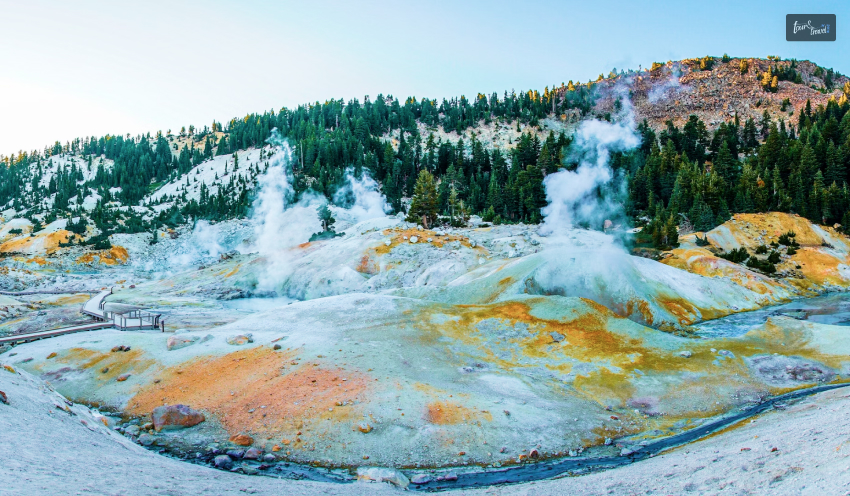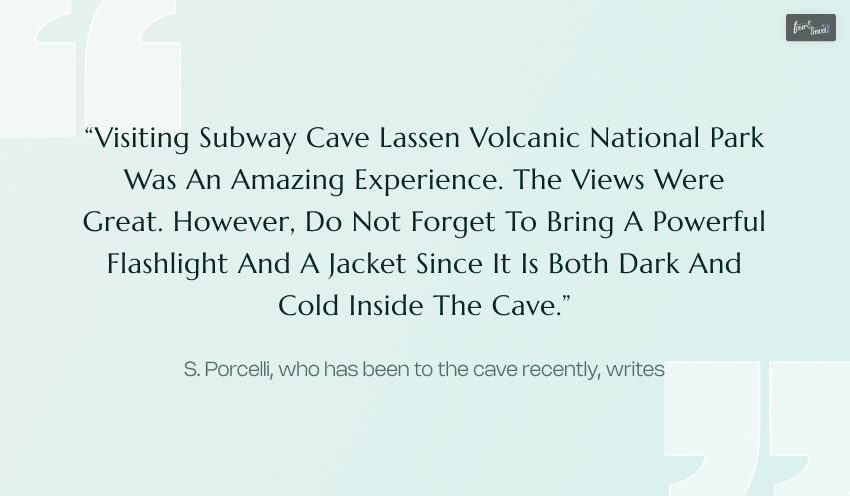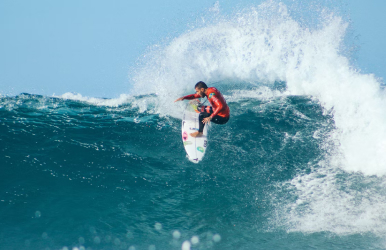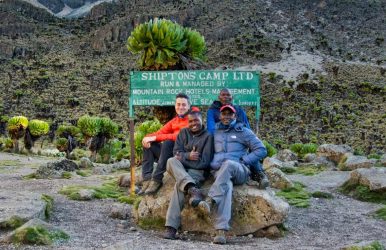Feast Your Way Through Europe: Best Tour Packages For Foodies
BY Ankita Aug 11, 2023
For food enthusiasts, Europe is a gastronomic wonderland that promises an exquisite journey of flavors and culinary delights. From hearty Italian pasta to delicate French pastries, each country in Europe offers a unique and delectable culinary experience. If you're a foodie at heart and dream of savoring the best dishes the continent has to offer, look no further. In this blog post, we will explore the best Europe tour packages for foodies, curated by the experts at Guide to Europe, to help you embark on a mouthwatering adventure through the flavors of Europe. The Art of Italian Cuisine: A Taste of Italy Italy, with its rich culinary heritage, is a paradise for food lovers. From the tantalizing aroma of freshly baked pizza in Naples to the indulgence of creamy gelato in Florence, Italy captivates taste buds like no other. The "A Taste of Italy" tour package takes you on a gastronomic journey through iconic cities like Rome, Venice, and Milan. Sample authentic pasta dishes, feast on sumptuous seafood along the Amalfi Coast, and raise a toast with fine wines from Tuscany. With the "A Taste of Italy" package, every meal becomes a celebration of the art of Italian cuisine. Flavours of France: A Culinary Odyssey France, renowned for its culinary prowess, offers a feast for the senses that will leave foodies spellbound. The "Flavors of France: A Culinary Odyssey" tour package takes you on a delectable adventure through Paris, Lyon, and Bordeaux. Indulge in buttery croissants for breakfast, savor velvety escargot for lunch, and delight in a gourmet dinner at a Michelin-starred restaurant. From wine tastings in Bordeaux to a boulangerie tour in Paris, this package allows you to immerse yourself in the refined art of French cuisine. Tapas and Tempranillo: Spain's Culinary Delights Spain's vibrant culinary scene is a celebration of bold flavors and regional specialties. The "Tapas and Tempranillo" tour package showcases the best Spanish cuisine in cities like Madrid, Barcelona, and Seville. Treat your taste buds to an array of tapas, from sizzling patatas bravas to succulent jamón ibérico. Discover the magic of paella in Valencia and sip on velvety Tempranillo wines in the picturesque vineyards of La Rioja. With the "Tapas and Tempranillo" package, Spain's culinary delights are yours to savor. Greek Gastronomy: A Mediterranean Culinary Odyssey For a taste of the Mediterranean, Greece beckons with its wholesome and flavorful dishes. The "Greek Gastronomy: A Mediterranean Culinary Odyssey" tour package whisks you away to Athens, Santorini, and Crete, where you can indulge in the simplicity and goodness of Greek cuisine. Feast on tangy tzatziki, delight in fresh seafood by the Aegean Sea, and taste the beloved moussaka. This package also offers the opportunity to learn the art of traditional Greek cooking from local chefs, ensuring you bring home the tastes of Greece to savour forever. A Journey through the Spice Route: Moroccan Delicacies Morocco is a culinary gem that beckons foodies with its intoxicating blend of spices and aromatic dishes. The "A Journey through the Spice Route" tour package takes you on a culinary adventure through Marrakech, Fes, and Chefchaouen. Immerse yourself in the vibrant souls, where the air is infused with the scent of exotic spices. Savour the iconic tagine, try delicate pastries like baklava and sip on refreshing mint tea. The "A Journey through the Spice Route" package offers a sensory journey through the flavors of Morocco. European Delicacies: A Continental Sampler If you're torn between the delectable cuisines of multiple European countries, the "European Delicacies: A Continental Sampler" tour package is the perfect choice. This package allows you to savour the best dishes from Italy, France, Spain, Greece, and more in one delectable journey. Indulge in pasta in Rome, enjoy a leisurely wine tasting in Bordeaux, experience the lively atmosphere of tapas bars in Barcelona, and embrace the Mediterranean charm of Santorini. The "European Delicacies: A Continental Sampler" package is a whirlwind culinary adventure that caters to the diverse palates of foodies. How to Choose the Best Europe Tour Package for Foodies Selecting the ideal Europe tour package for foodies depends on your culinary preferences, budget, and the countries you wish to explore. Here are some tips to help you make the best choice: Cuisine Preference: Consider which European cuisine excites you the most. If you're a pasta lover, Italy is a must; for seafood enthusiasts, Spain and Greece offer delightful options. Activities and Experiences: Look for packages that include culinary activities, such as cooking classes, wine tastings, and food tours, to enhance your gastronomic journey. Duration and Itinerary: Review the duration and itinerary of the package to ensure it aligns with your travel preferences and available time. Local Expertise: Check if the package offers the guidance of local experts who can provide insights into the culinary culture and hidden gems of each destination. Budget and Inclusions: Compare the cost of each package and the inclusions, such as accommodations, meals, and guided tours, to find the best value for your money. Conclusion Feasting your way through Europe is a dream come true for foodies, and the best Europe tour packages from Guide to Europe make it all possible. From the art of Italian cuisine to the flavours of France and the Mediterranean delights of Greece and Spain, each package promises a delectable journey through the continent's culinary treasures. Whether you crave pasta in Rome, tapas in Barcelona, or the aromatic spices of Morocco, there's a tour package designed to tantalize your taste buds and create unforgettable memories. So, pack your appetite and embark on a gastronomic adventure that will leave you savoring the flavors of Europe long after your journey comes to an end. Bon appétit! Read Also: Feast Your Way Through Europe: Best Tour Packages For Foodies 3 Of The Best European Holiday Destinations For Wintertime How To Prepare An Enjoyable Bus Tour In Europe













